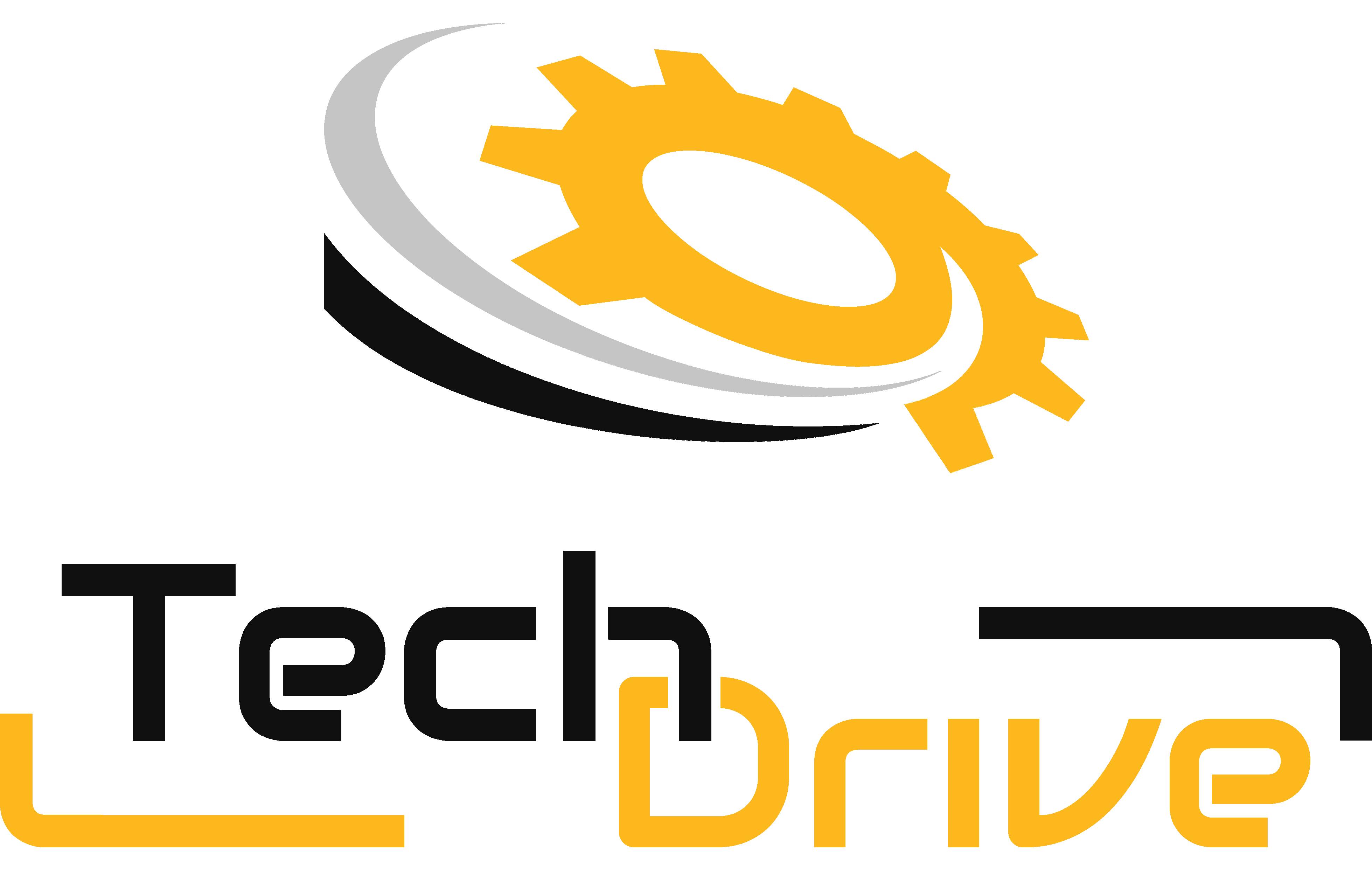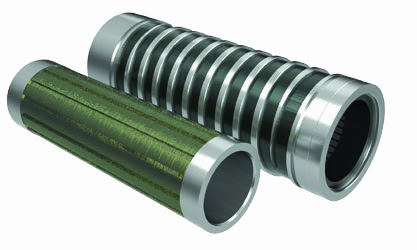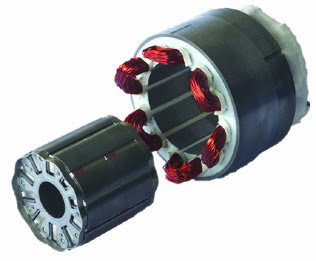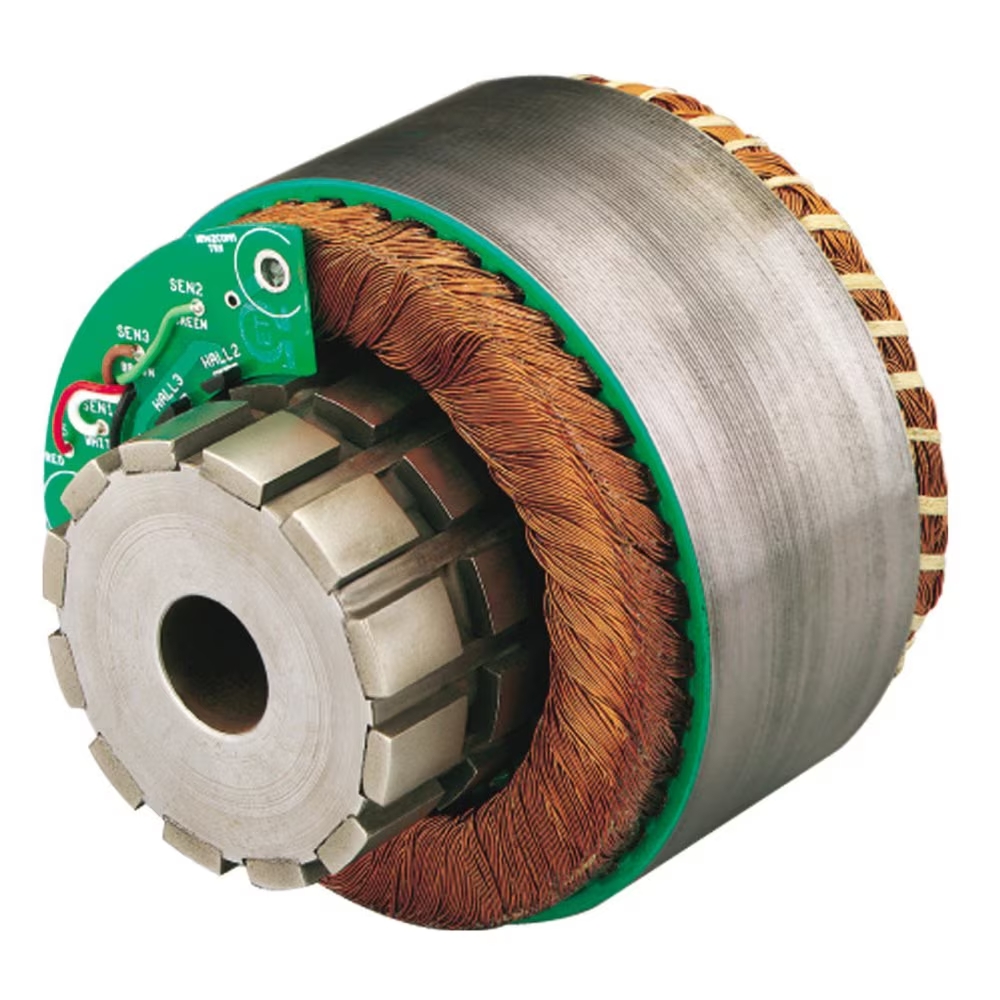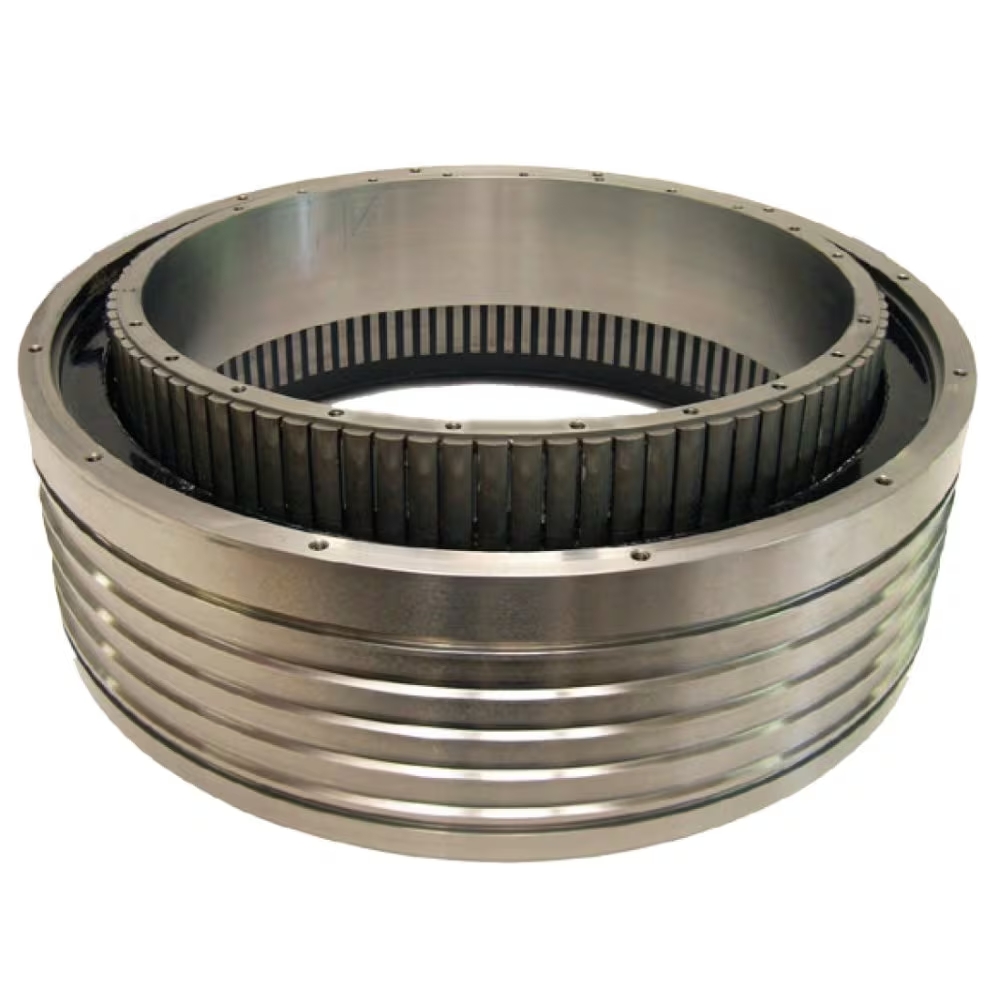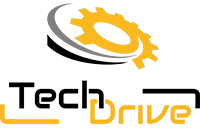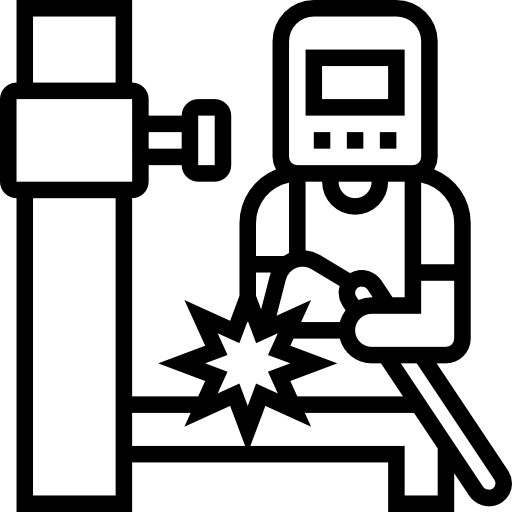What is a kit motor?
A motor kit is an electric motor supplied without housing or bearingsmainly composed of stator and rotor.
Unlike standard "off-the-shelf" motors, the kit motor is designed to be integrated directly into a machine or system.
👉 It's a motor "to assemble" in your machine, instead of a complete block.
👉 It's a permanent magnet synchronous motor (often brushless) optimized for direct integrationThis allows a rigid coupling with the mechanical axis and a very high power density.
The advantages of a kit motor in industry
Choosing a kit motor offers many benefits:
-
Maximum compactness no casing and direct integration = space-saving.
-
High performance high efficiency, constant torque even at low speeds.
-
Personalization Easy adaptation to specific machine geometry (industrial printers, machine tools, robots).
-
Increased reliability : no intermediate elements (couplings, bearings) → fewer losses and less maintenance.
-
Lower operating costs for greater energy efficiency and longer service life.
👉 A kit motor takes takes up less space, uses less energy and lasts longer.
👉 Oe are talking about high torque density, backlash-free integration, reduced parasitic inertia.
In which sectors should you use a kit motor?
Choosing a kit motor offers many benefits:
-
Maximum compactness no casing and direct integration = space-saving.
-
High performance high efficiency, constant torque even at low speeds.
-
Personalization Easy adaptation to specific machine geometry (industrial printers, machine tools, robots).
-
Increased reliability : no intermediate elements (couplings, bearings) → fewer losses and less maintenance.
-
Lower operating costs for greater energy efficiency and longer service life.
👉 A kit motor takes takes up less space, uses less energy and lasts longer.
👉 We're talking about high torque density, backlash-free integration, reduced parasitic inertia.
Limits and points of vigilance
Although very powerful, kit motors require certain precautions:
-
Meticulous mechanical integration the user must supply the housing and bearings → requires good mechanical expertise.
-
Suitable cooling system Depending on power output, air or water cooling may be required.
-
Specific electronic control : often associated with dedicated controllers or drivers to fully exploit their performance.
-
Initial integration cost slightly higher than standard motors, but offset by performance gains.
👉 It's important to know that it's not not a plug & play motor → it requires a little more engineering.
👉 It's important to anticipate thermal constraints, dynamic balancing and drive compatibility.
A choice focused on the industrial future
Opt for a motor kitis to choose a solution modern, compact and powerful to meet the demands of high-tech industries.
Whether you are novice and you're looking for a space- and energy-saving solution, or expert for maximum precision and efficiency, the kit motor has established itself as a a strategic ally for your industrial machines.
👉 With the transition to smarter, more energy-efficient equipment, the kit engine represents a key alternative to improve plant competitiveness and sustainability.
